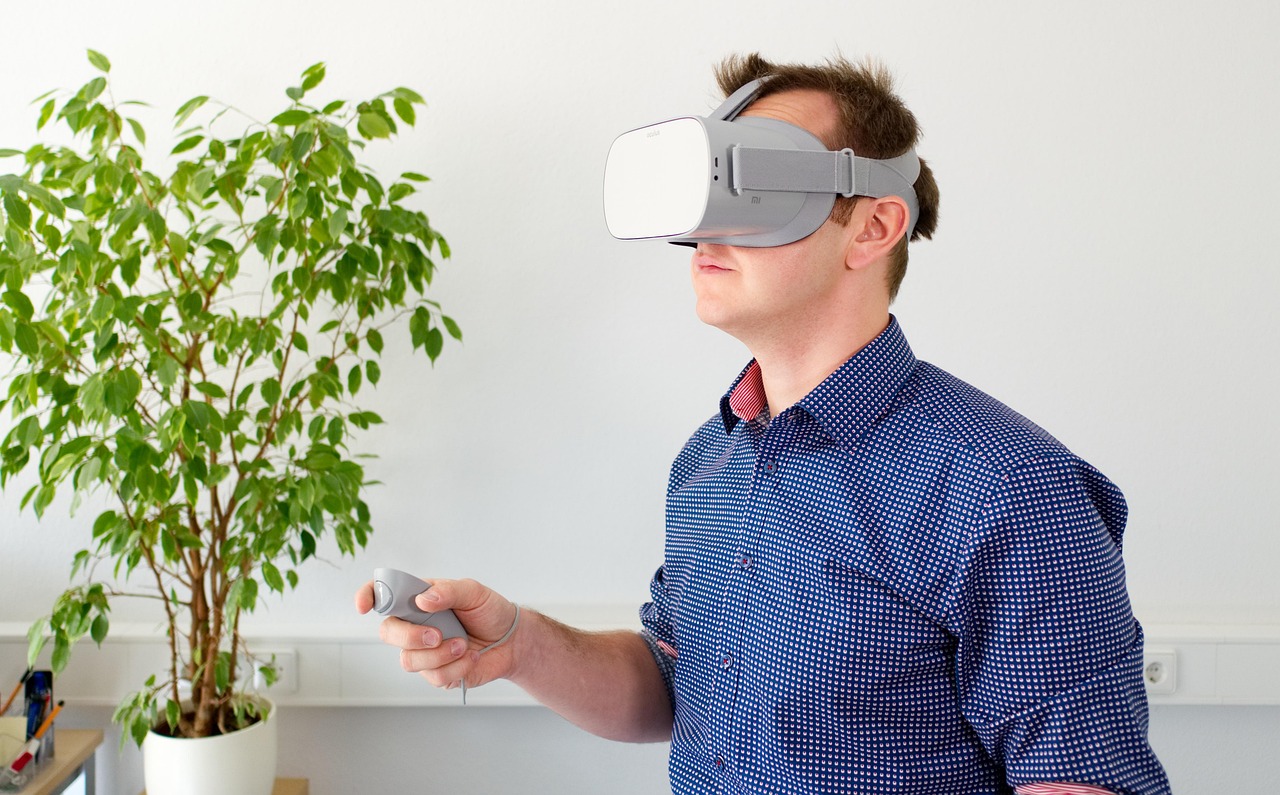Virtual Reality: Shaping New Dimensions in Art
In an era where technology pervades every aspect of life, virtual reality (VR) stands at the forefront of artistic innovation, offering new dimensions for creative expression. This immersive technology is transforming traditional boundaries, inviting both artists and audiences to explore beyond the physical realm. As VR art gains momentum, it raises intriguing questions about the future of artistic movements and their accessibility.

The Genesis of Virtual Reality Art
Virtual reality art has roots dating back to the late 20th century, with early pioneers experimenting with computer-generated environments. In the 1960s and 70s, artists like Myron Krueger began exploring interactive installations that laid the groundwork for future VR developments. As technology advanced, so did the possibilities for creating immersive experiences that defied traditional artistic constraints. The introduction of affordable VR headsets in the early 2010s marked a significant turning point, making the technology accessible to a broader audience and sparking a surge in VR-based artistic endeavors.
Current News and Developments
Today, VR art is experiencing a renaissance, with exhibitions and festivals dedicated to showcasing this medium’s potential. Recent advancements in VR technology have enhanced visual fidelity and interactivity, allowing artists to create more sophisticated and engaging works. Platforms like Oculus Medium and Tilt Brush provide tools for artists to craft detailed virtual sculptures and paintings, bridging the gap between digital and physical art forms. These developments reflect a growing interest in VR art, with institutions like the Museum of Other Realities offering virtual galleries that highlight the medium’s versatility and potential.
Impact and Significance of VR Art
The impact of VR art extends beyond novelty, challenging traditional notions of art creation and consumption. VR art offers a unique blend of immersion and interactivity, drawing viewers into the artwork and allowing them to experience it from multiple perspectives. This level of engagement is unprecedented, prompting discussions about the role of the audience in art and the potential for VR to democratize access to artistic experiences. By removing geographical and physical barriers, VR art makes it possible for people worldwide to explore and appreciate artworks that might otherwise be inaccessible.
Reception and Critique
The reception of VR art has been largely positive, with critics praising its ability to push creative boundaries and foster new artistic dialogues. However, some skeptics argue that VR art lacks the tangible qualities that define traditional art forms. The debate centers on the ephemeral nature of digital creations and their long-term value. Despite these criticisms, VR art continues to gain recognition and legitimacy within the art world, with many artists and curators embracing its potential to redefine artistic expression.
The Future of Virtual Reality in Art
As VR technology continues to evolve, its influence on the art world is likely to grow. Future developments could include more seamless integration with other emerging technologies, such as augmented reality and artificial intelligence, further expanding the possibilities for artistic innovation. Additionally, as VR becomes more mainstream, it may inspire new forms of collaboration between artists, technologists, and audiences, fostering a more inclusive and dynamic artistic ecosystem.
In conclusion, virtual reality art represents a bold new frontier in the arts and entertainment industry, challenging conventional narratives and offering fresh perspectives on creative expression. As artists continue to explore the potential of this medium, VR art will undoubtedly play a pivotal role in shaping the future of artistic movements and cultural experiences.




